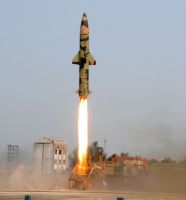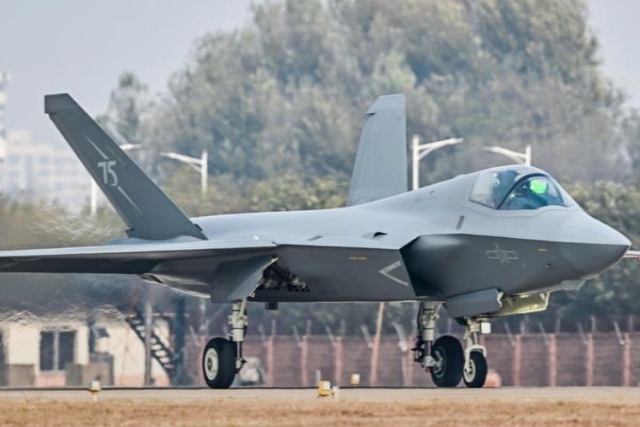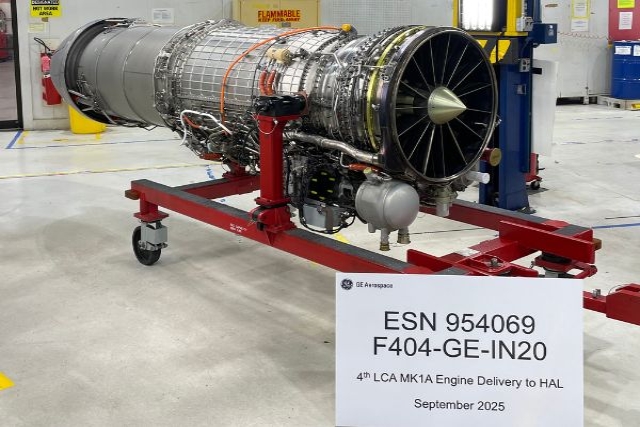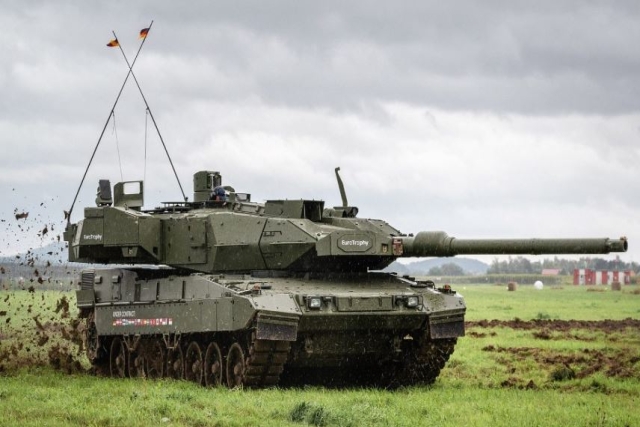India To Withdraw Prithvi I Missile After Seventeen Years Of Service

India has plans to withdraw the Prithvi I tactical ballistic missile from active service, replacing it with the more advanced, solid-propelled Prahar.
“We are withdrawing the tactical 150 km-range Prithvi missiles and will replace them with the Prahar missiles, which are more capable and have more accuracy.” Avinash Chander, Indian Defense Research and Development Organization (DRDO) chief said.
The Prithvi I missiles withdrawn from service would be upgraded to be used for longer ranges. Prithvi I (also known as SS150) was the first tactical ballistic missile inducted into service by the Indian military, Chander added.
The Prithvi missile was developed by India under its Integrated Missile Development Programme in the 1980s. The Prithvi I was inducted into Army service in 1994 and a longer-range version, Prithvi II was inducted with the Indian Army and Air Force in 2004.
The Prahar tactical ballistic missile was first test launched in 2011. It was developed to provide quick reaction, all-weather battlefield support and counter-strike option for theater ground forces. The missile is designed to extend the range of the Indian Army artillery corps to 150km, beyond the 90km range currently covered by the Pinaka and Smerch 300mm rocket system. Prahar maintains the same range of the India Army’s Prithvi I (150km) but does that at a much smaller footprint and with attributes better suited for tactical deployment. The 7.3 meter long Prahar is much smaller (42 cm in diameter) compared to Prithvi (9 meter long, 110cm diameter), as the total weight of the whole missile (1,280 kg) is almost as heavy as the Prithvi’s warhead alone (1,000 kg).
The Indian Air Force uses a different version, Prithvi II – carrying a smaller warhead, with a strike distance of 350km.
Prahar was test-fired successfully on 21 July 2011 from the Integrated Test Range (ITR) at Chandipur. During the test Prahar travelled a distance of 150 km in about 250 seconds meeting all launch objectives and striking pre-designated target in the Bay of Bengal with a high degree of accuracy of less than 10 meters.
The warheads employed by the two missiles also differ significantly – Prithvi carries a classic 1,000 kg warhead and is designed primarily for nuclear attack while Prahar carries either a conventional or tactical nuclear payload, of a weight of 200kg. The feasibility of the use of conventional warhead is derived by the higher accuracy of the Prahar navigation system and the ability to carry six missiles on each Transporter, Erector Launcher (TEL) vehicle.
DRDO developed the Prahar missile over a period of two years, between 2009 and 2011.









